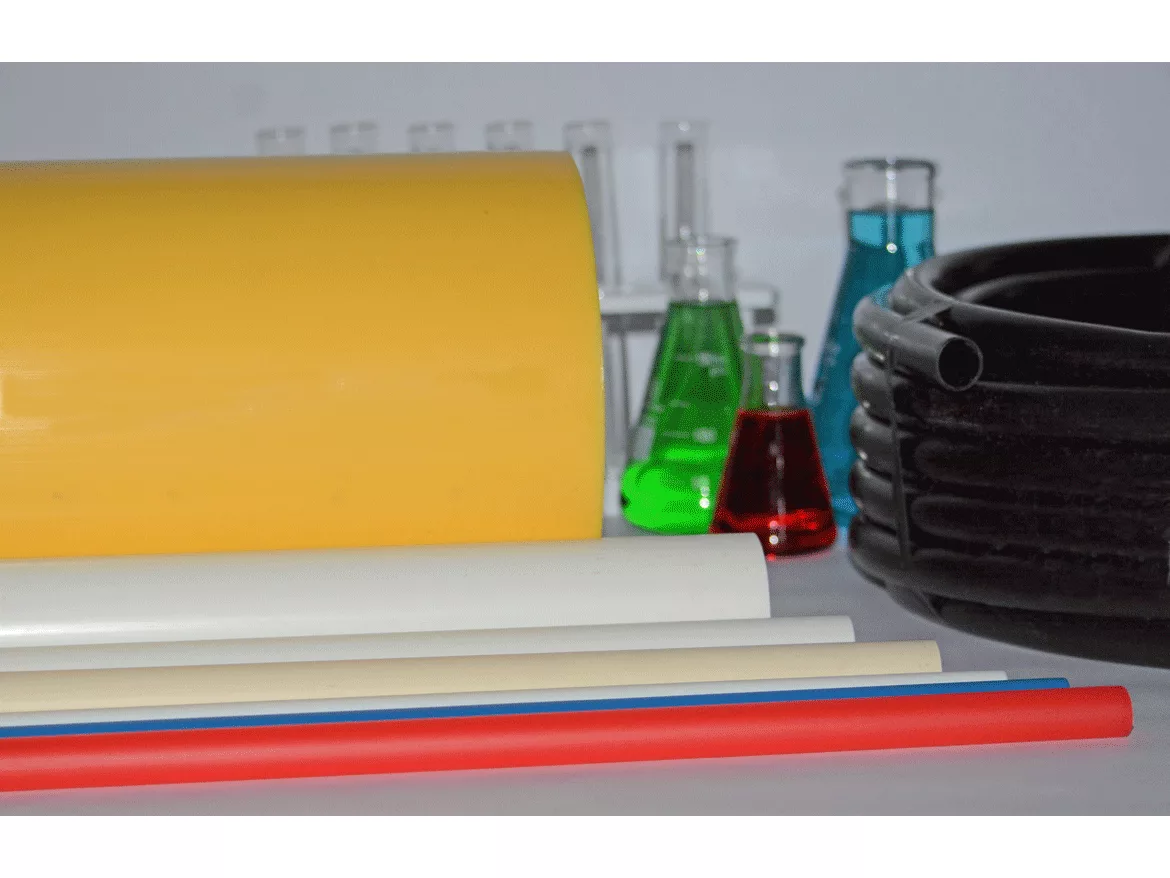Plastics Pipe Institute releases Plastic Pipe Chemical Resistance Technical Support report

The Plastics Pipe Institute (PPI) has a report available that details the chemical resistance capabilities for pipe made from various thermoplastic, thermoset, and composite (multi-layered) plastic materials. The technical report – "Chemical Resistance of Plastic Piping Materials," TR-19 – provides information about the effects that various chemicals can have on plastic piping materials. Applications include potable water, hydronics, sanitary sewer, gas and more. It is available without charge on the PPI website. PPI is the major North American association representing the plastics pipe industry.
“Plastic pipe and fitting materials are generally resistant to attack from many chemicals,” said David Fink, president of PPI. “This inherent property makes them suitable for use in numerous fluid and gas conveyance applications. There are, however, certain chemicals that may damage plastic pipes, either through exposure on the outside of the pipe to chemicals, on the internal surface of the pipe during the transportation of such chemicals, or with exposure to inert fluids containing chemicals in various concentrations. Each material has a unique resistance to chemicals in various situations. The suitability of a pipe or fitting system for use in a particular fluid or gas application is a function of several factors, which are detailed in TR-19.”
The free report contains sections on pipe and fitting materials, product design and joining systems, operating conditions, types of chemical attacks on plastics and more. It applies to pipe and fitting materials such as CPVC, HDPE, PA, PE-RT, PP-R, PP-RCT, PVC and PEX. The main table lists the chemical resistance levels of those plastics to some 600 chemicals from acetaldehyde to zinc sulfate in various concentration levels.
To view or download the report, visit: plasticpipe.org/pdf/tr-19-2020.pdf
Looking for a reprint of this article?
From high-res PDFs to custom plaques, order your copy today!








